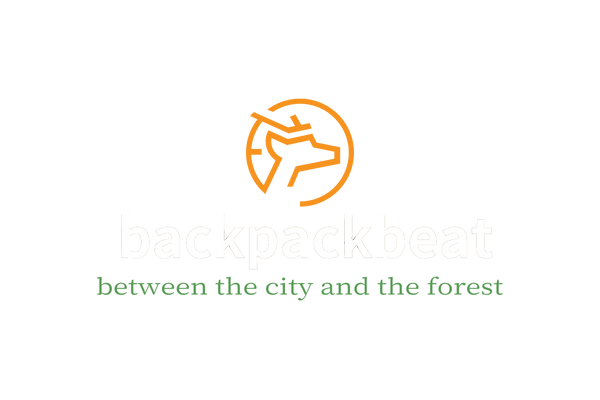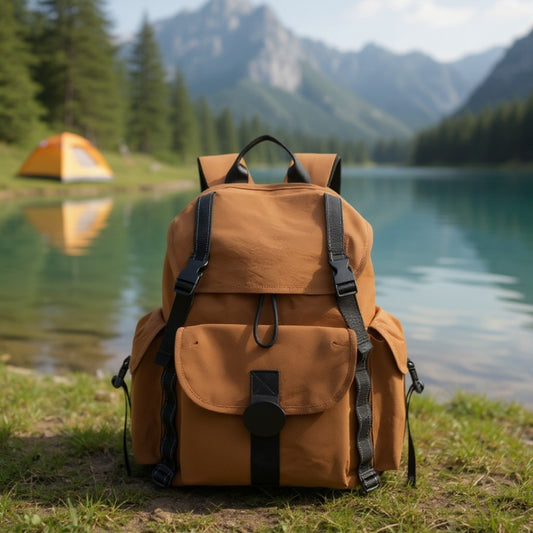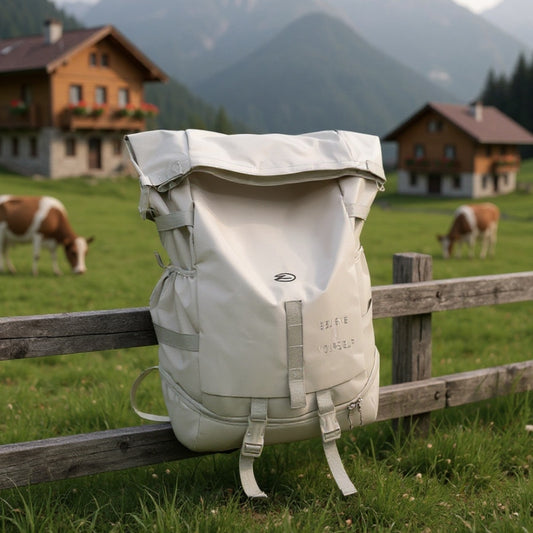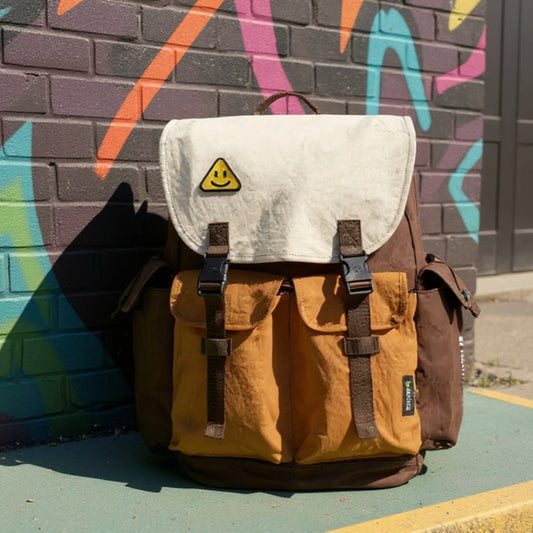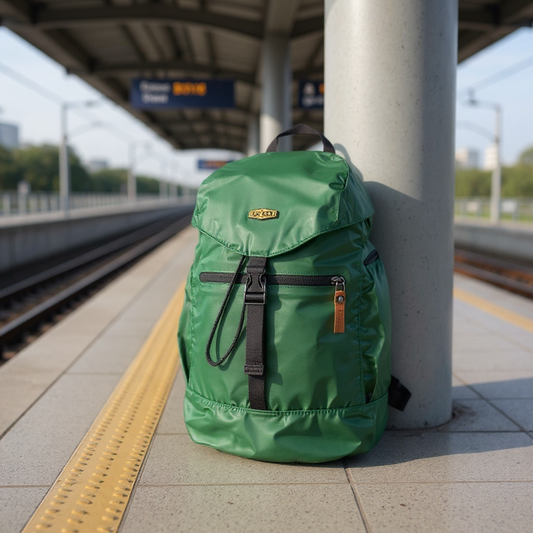How to Choose the Best Lightweight Backpack for Creek Hikes
Compartir
I’ve spent a lot of time by the water, whether it's for fishing, wading, or just finding a quiet spot to read. One thing I’ve learned is that the right gear makes all the difference, especially a good lightweight backpack. It's the kind of item you barely notice, which is exactly how it should be. The search for the best lightweight backpack for a quick trip is a question I see all the time on forums, and after a lot of trial and error, I've got a few answers.

A few years ago, I made a mistake I see a lot of people make. I grabbed my big hiking pack, the one I use for multi-day trips. I figured, better to have too much space than not enough, right? Wrong. The moment I started wading through the water to get to a great fishing spot, that heavy pack felt like an anchor. It was bulky and caught on every branch. I spent more time wrestling with my gear than I did enjoying the hike or trying to find a good spot in the natural pools.

That’s when I realized a lot of us are overthinking it. You don't need a beast of a bag for an afternoon by the creek. The best pack for a trip like this is the one you barely notice you're wearing. A small, lightweight backpack is all you need. So, based on my own experience and a ton of reading on what other people are saying, here's what you should look for.
A great pack for a creek hike isn't about being big; it’s about being smart. Here are a few things to keep in mind when choosing your next one.

1. Go for the Right Size, Not the Biggest Forget the giant packs. A bag in the 10-15L range is the sweet spot. It's enough room for a water bottle, some snacks, and a small towel, all the essentials for a short outing. It holds everything you need without tempting you to overpack. A smaller pack also means you can navigate tighter spots on the trail or even in the creek itself.
2. Look for Quick-Drying and Water-Resistant Materials You're not diving into a lake with it, but you're probably going to get wet. Look for bags made from durable, quick-drying materials. That’s a big deal. The last thing you want is a heavy, soggy backpack halfway through your trip. A bag with a roll-top closure can also be a lifesaver for keeping things dry. My BackpackBeat 7707 backpack has a design like that, and it's saved my keys and phone from a few unexpected splashes. It's the perfect choice for a day trip, whether you're hitting up a waterfall hike or a quick fishing trip, and it's something you can always rely on.

3. Simple is Better For a short trip, you don't need a hundred pockets or fancy straps. A simple main compartment and maybe a side pocket for a water bottle is all you need. The idea is to grab your stuff without fumbling around. A simple pack keeps things organized and lets you stay focused on the scenery, not your gear. You don't want to miss a great spot for creek fishing because you're busy with your zippers. This is one of the most important lessons I learned about creek fishing safety.
4. A Pack You Can Easily Stash Sometimes you want to set your pack down to wade out to a rock or just sit and relax. A great lightweight backpack can be easily stashed behind a rock or hung from a tree branch. This is a small thing, but it makes a big difference. It's the kind of pack I love to have with me when I'm out seeing if there are fish in the creek near my home.
5. Comfort is Key Just because a pack is small doesn’t mean it shouldn’t be comfortable. Even for a short hike, you want straps that don't dig into your shoulders. Look for a design that distributes weight well, even when it’s only a few pounds. A comfortable lightweight backpack lets you forget you’re wearing it, so you can fully enjoy the peacefulness of being in the wild. I'm always looking for ways to make my time outdoors more comfortable, and that starts with the gear I carry.

My advice? The next time you head out to find a quiet creek or a hidden pool, take a minute to think about what you actually need. Pack light, move easily, and enjoy the moment. A great day on the trail isn't about the size of your bag; it's about the feeling you get when you're there. And for that, a small, lightweight backpack is more than enough. If you’re ever curious about how to stay safe on these trips, it's worth checking out some resources from the National Park Service. They have some fantastic information on hiking safely and responsibly.
